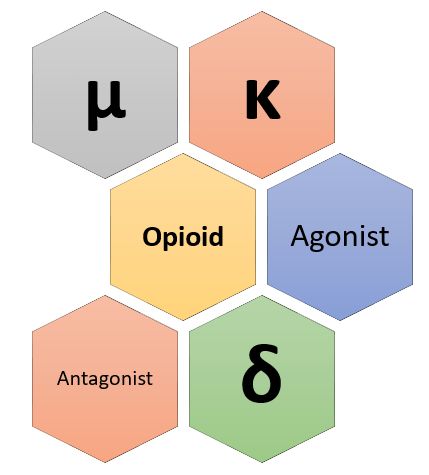Opioid receptors are a group of inhibitory G protein-coupled receptors with opioids as ligands. Mu (µ) Receptor (MOP) Mnemonic: MU CARDS Miosis eUphoria Constipation Analgesia (Supraspinal + Spinal) Respiratory depression Rigidity (truncal) Dependency Sedation µ1 mediates supraspinal analgesia, and most of other effects including spinal analgesia is mediated by µ2. Kappa…
Tag: Nervous system
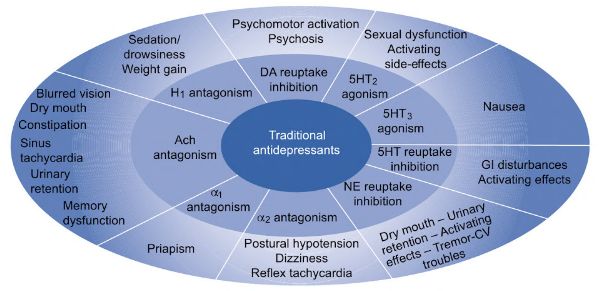
Antidepressants Made Easy
Tricyclic Antidepressants (TCA) Mnemonic: -pramine, -triptyline, -pin Secondary amines: predominantly norepinephrine reuptake inhibitors Nor-triptyline Desi-pramine Tertiary amines: Ami-triptyline Imi-pramine Clomi-pramine Doxe-pin Irreversible MAO Inhibitors Mnemonic: TIPS Non-selective MAO inhibitors: Tranylcypromine Isocarboxazid Phenelzine Selective MAO-B inhibitor: Selegiline (transdermal patch) Reversible Inhibitor of MAO-A (RIMA) Moclobemide Tolaxatone Tetracyclic Antidepressants Nonselective inhibitor of…

Depression Criteria Mnemonic
Mnemonic: DEPRESSION Major symptoms Depressed mood Energy loss or fatigue Pleasure loss or anhedonia Minor symptoms Retardation or agitation (psychomotor) Eating and weight change (at least 5% in the last month) Sleep changed – insomnia or hypersomnia Suicidial ideation or behavior I‘m a failure (Loss of confidence or self-esteem) Only…
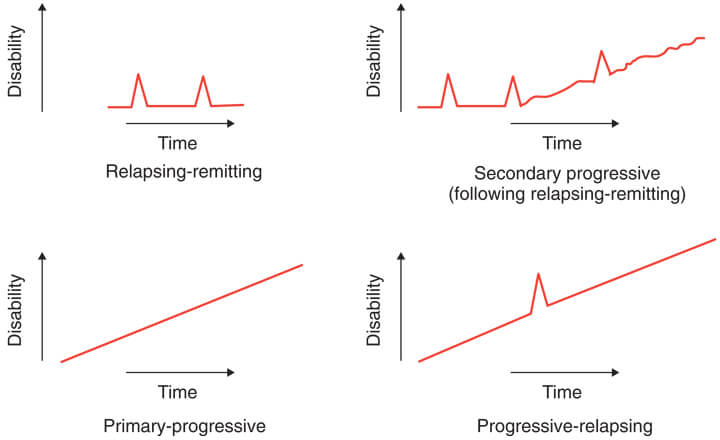
Multiple Sclerosis Mnemonic
Multiple sclerosis is an autoimmune disease of white matter that occurs due to interaction of genetic factors with unknown environmental factors. It is characterized by the pathological triad of inflammation, demyelination and gliosis. It is diagnosed using McDonald’s criteria. My mnemonic for clinical features and treatment of multiple sclerosis is:…
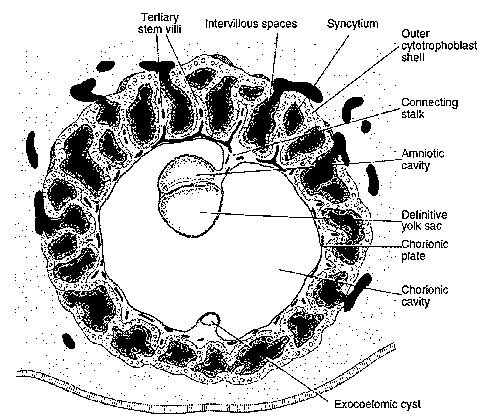
Embryology Week 3: Trimalinar Germ Disc
In the Week 2, we had a bilaminar germ disc with 2 cavities (amniotic cavity and yolk sac) suspended in the chorionic (extraembryonic cavity) by a connecting stalk (future umbilical cord). In the 3rd week, the embryo will have 3 germ layers (ectoderm, mesoderm and endoderm) following a process called…
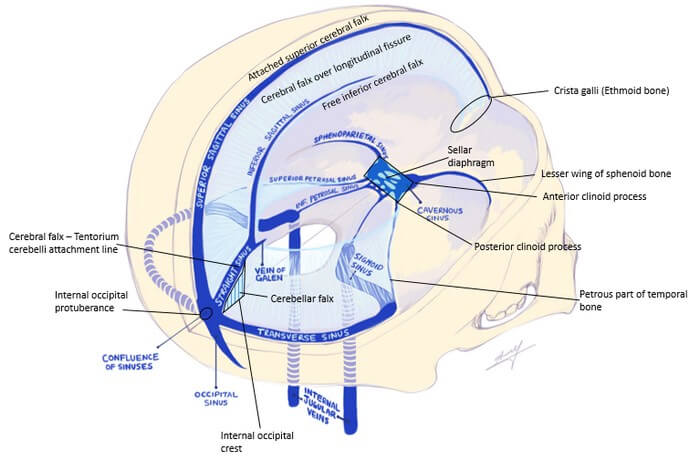
Dural Reflections and Venous Sinuses
Dura mater (pachymenix) is the outer meningeal layer consisting of: Dural Reflections These are the infoldings formed by the inner meningeal layer reflecting away from the fixed periosteral dural layer. Two vertical reflections – Separate the right and left hemisphere Two horizontal reflections Dural Venous Sinuses 1. Superior sagittal sinus:…

Circle of Willis and Forebrain Blood Supply
We have already discussed earlier on the intracranial course of Internal Carotid Artery (ICA) and Circle of Willis formation with the help of a simple mnemonic. General Concepts of Blood Supply of Brain and Spinal Cord 1. Spinal cord, Hind-brain and Mid-brain: Veterbro-basilar system 2. Forebrain: Circle of willis which…
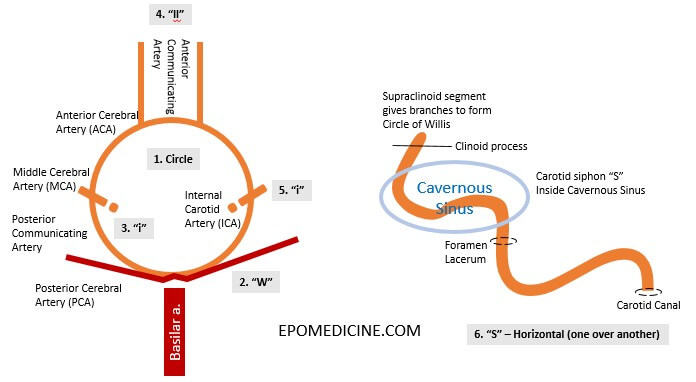
Circle of Willis – Mnemonic and Drawing
Circle of Willis is an important arterial communication that supplies the forebrain (telencephalon, diencephalon and optic vesicle) and often frequently tested in the exams. Circle of Willis receives blood from: Here, we will learn a mnemonic to draw the circle of willis and intracranial course of Internal Carotid Artery (ICA)….
